The number of heart attacks is increasing, as has been reported in specialist journals from all over the world for some time. If you then leaf through medical statistics, you will find confirmation of this in the exact figures. It is undisputed that the entire complex of cardiovascular diseases, which also includes myocardial infarction, ranks first in the cause of death statistics in all highly industrialized countries.
Frequency of heart attack

However, this statistical statement should not panic us, because we should not ignore the fact that better medical treatment and preventive health protection measures have led to other diseases, such as tuberculosis or polio, which in the past mainly led to death have no or only a negligible burden on statistics in this regard.
Over the years this has led to a general shift in the significance of the individual diseases within the overall process. But life expectancy, i.e. the average age reached by people in a particular country, also influences the results of the statistics on causes of illness and death in a positive or negative sense. Diseases that particularly affect the elderly, including the complex of cardiovascular diseases, inevitably increase the older people get, but also with the increase in the proportion of old people in the total number of the population.
This can lead to a numerical increase in some disease groups, without being allowed to be called an absolute increase. The assessment of an illness in its change is only accurate in the statistical sense if the increase or decrease in groups with the same age group can be demonstrated. In the past, heart attacks were only considered to be a disease of the elderly that occurred as a result of age-related hardening of the arteries. In contrast, heart attacks are no longer uncommon at the end of their fourth decade.
This naturally raises the following questions: Are people today more at risk than ever from this disease, or is the increased risk of heart attack only for a special group of people? Does the nature of the workload and stress play a role, and what role does it play? The result is a wealth of questions that are not easy to answer due to the complexity of what happened.
Taking the age-related changes in the heart and blood vessels as the cause of the occurrence of myocardial infarction is very simple, but in no way explains the frequent occurrence of infarcts in younger years. Here the hardening of the arteries is only so pronounced that it can be seen as the cause of a heart attack.
In the last few years the term manager's disease has become an unmistakable catchphrase. It is intended to express that quite a few people who lead a restless, rushed, stressful and at the same time one-sided life, because they do not do much physical activity, ingest excessive food and stimulants and do not find time for balancing interests, of considerable nervous disorders are affected.
These are mainly expressed in general fatigue, listlessness, depressed mood, inner restlessness, severe sleep disorders, increased excitability and cardiovascular and gastrointestinal disorders. At first only individual phenomena occur. However, if they are not compensated for by a meaningful recovery phase, they can lead to serious cardiovascular diseases and escalate to a heart attack.
Heart attack risk in men
Comparisons of the proportion of different occupational groups in men in this pathological occurrence showed that those who have a physically demanding, even heavily demanding job are less affected by myocardial infarction than those who have a disordered daily routine due to a mostly responsible and managerial activity for whom the normal alternation between tension and relaxation is no longer guaranteed and symptoms of fatigue as well as temporary performance drops during the day are often covered for years by stimulants such as nicotine and [coffee caffeine]]. Full-bodied people, whose circulation is more stressed by this alone, are also more prone to heart attacks than lean people.
In many cases, diseases such as lung cancer occur very differently in men and women. What does it look like with a heart attack? Differentiating the infarct cases that have occurred according to sex, the result has always been, and is still the case, that men are more prone to infarction than women. The ratio is around 3: 1. However, if a woman has a heart attack, she has fewer chances than the man to survive the disease and her later performance is usually restricted to a greater extent.
If one reconsiders which group of men is particularly at risk with regard to the heart attack, certain doubts arise as to whether women are really less threatened by heart attacks. The results so far cannot be based on the fact that far fewer women than men were and still are in management positions, and the whole thing is a fallacy, because up to now women have had far less opportunity to have a heart attack through the nervous strain of work come?
Heart attack risk in women

According to this, the "managerial disease of women" manifests itself in addition to nervous disorders such as increased irritability, anxiety, headaches, dizziness and palpitations, especially through severe insomnia. The woman suffers more than the man from the excess of work because she is usually burdened with additional responsibility towards her family.
She then tries with a lot of ambition and perseverance - sometimes also in strenuous night work - to solve the problems of work and family that arise. Of course, this is only possible at the expense of her other free time and recovery phases, which she will sacrifice again at the expense of her night sleep.
Stimulating active ingredients, in the form of coffee or special medication, should therefore usually keep her working beyond the normal level so that she can cope with all the work that comes up. In the few hours that you have left to sleep, the entire nervous system is still in such a state of excitement that sleep can be neither deep nor restful. A really restful sleep would only come about when the alarm clock calls to fulfill the morning duties before starting work and a new day with all its stresses has to be overcome.
We've all lived through a night of insomnia, in which thoughts come and go, minutes into hours, after an exciting evening when we perhaps even more strongly devoted ourselves to coffee. We know how grueling such a night can be, and we also know that the following day will never end. If the shortened sleep time is not an exception, but almost a permanent condition, it leads to all nervous symptoms in the sense of the manager's disease, of course also in women, via the increasing sleep deficit.
This is by no means meant to express that we want to achieve equality with men when it comes to heart attacks. On the contrary, if women or men, wherever they may work, cope with the demands placed on them due to their training and education, do not burden their organism one-sidedly, do not "fatten" themselves through excessive nutrition and thus the If you disturb the regulation of the circulatory system psychologically and statically, the frequency of infarcts in men and women will not increase, but will decrease more and more in the future.

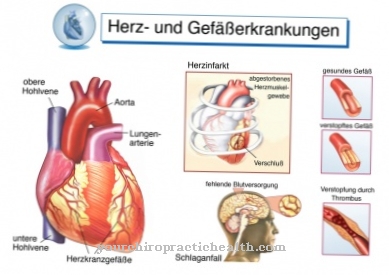
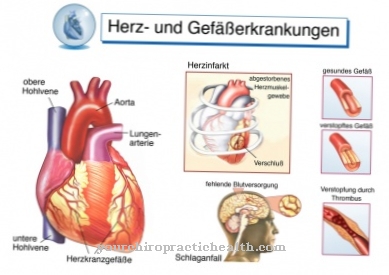

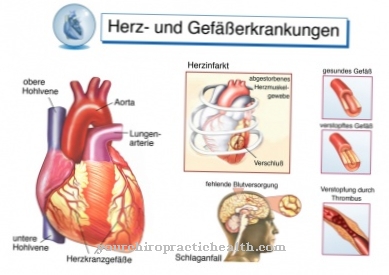



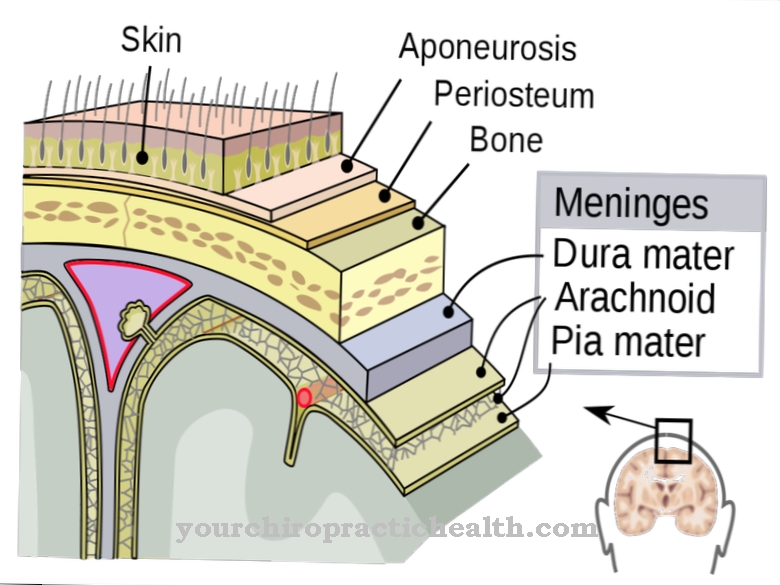



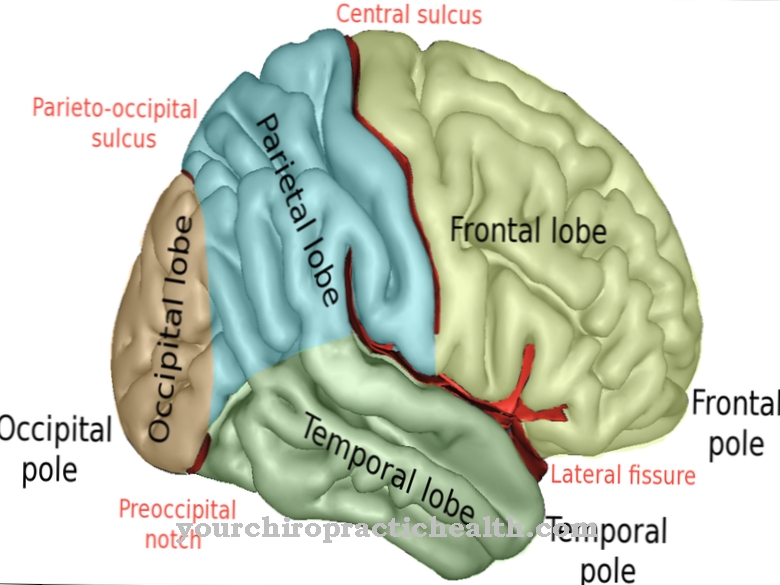
.jpg)
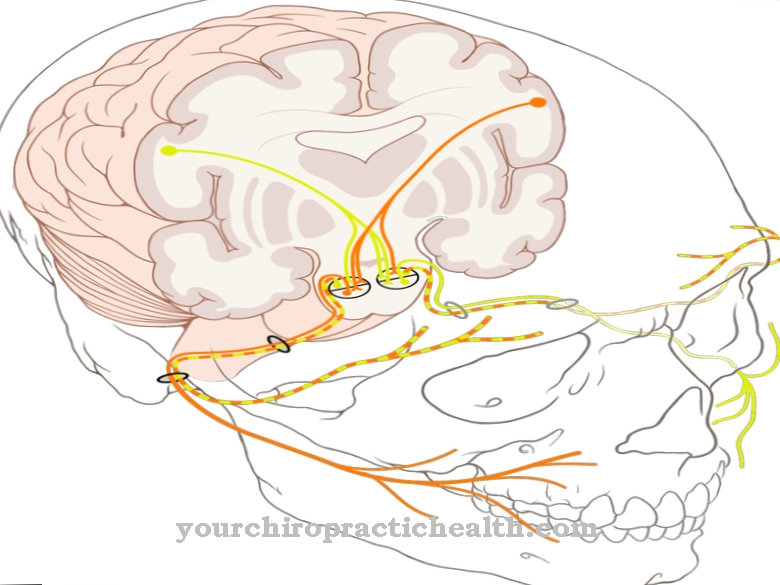








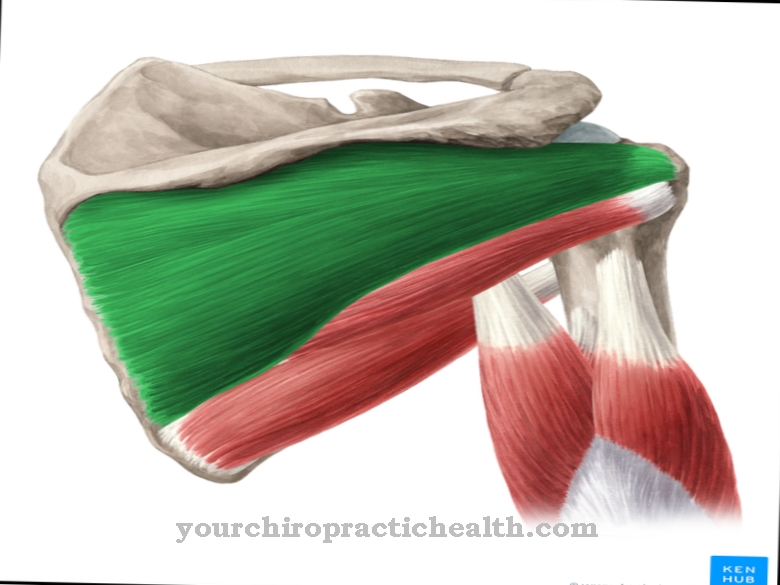


.jpg)